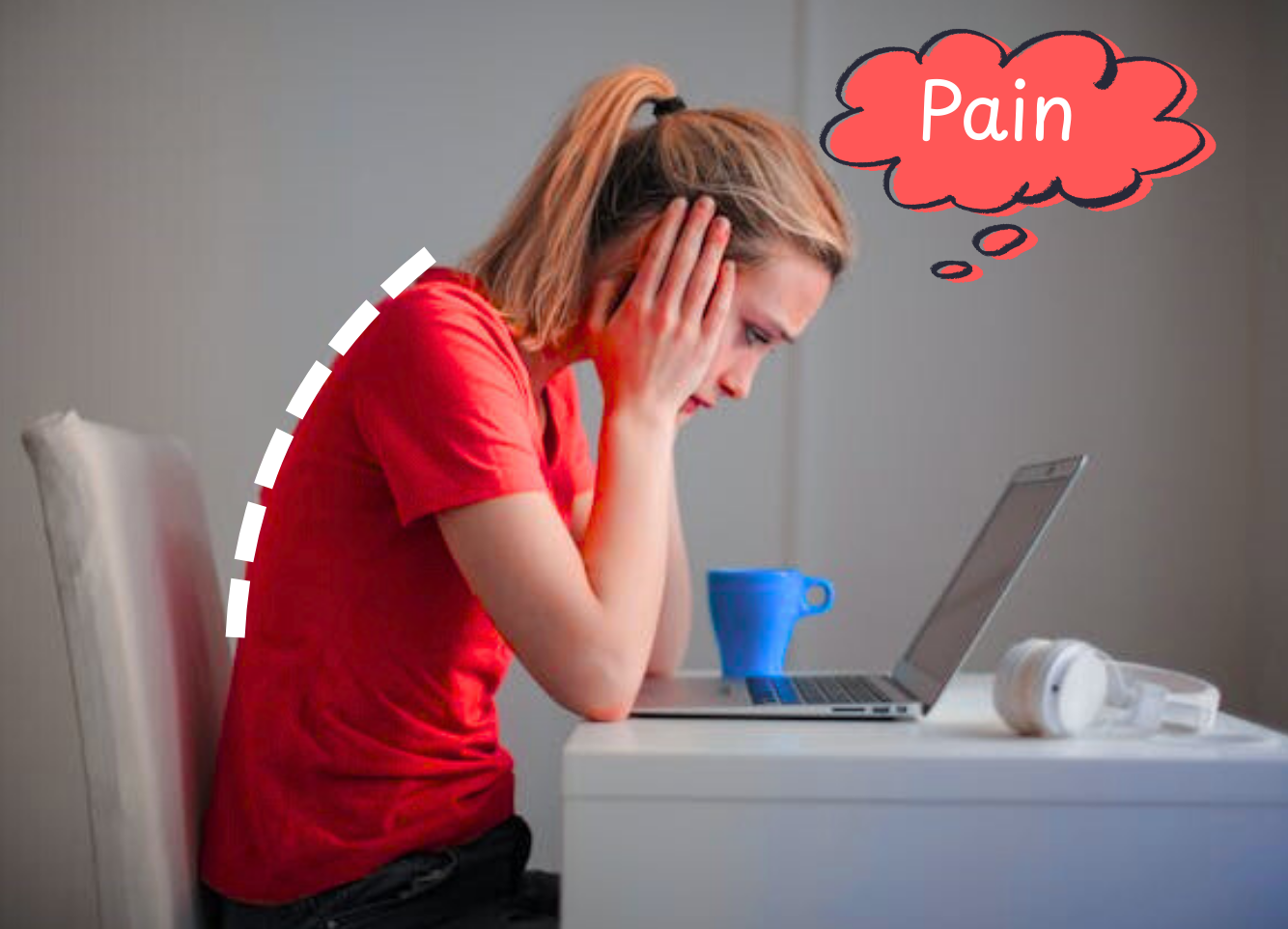 They became a craze in recent years, created in an attempt to combat the array of problems that are thought to come with sitting at conventional desks for long periods – sometimes for up to ten hours a day with little or no movement.
They became a craze in recent years, created in an attempt to combat the array of problems that are thought to come with sitting at conventional desks for long periods – sometimes for up to ten hours a day with little or no movement.
Standing desks are heavily advocated by some users to address these issues – which can include an increased risk of obesity, heart disease, and musculoskeletal problems such as neck, shoulder, and back pain.
A sit-to-stand desk allows you to adjust the height of your workspace to enable you to work in a standing position, which many believe has a positive impact on them physically and mentally in the workplace. However, others believe that they come with their own risks.
What are the main pros and cons of working at a standing desk?
Pros:
- Standing can help to reduce musculoskeletal pain – sitting for long periods can cause problems including shoulder, neck, and back pain.
- Standing can help to burn more calories and can therefore help to reduce the risk of obesity and other health conditions including heart disease and diabetes.
- Standing causes less pressure on the spine and altering between sitting and standing may help with managing low back pain.
- Standing has been shown to improve concentration, creativity and productivity.
Cons:
- Standing desks can be expensive and workplaces may be reluctant to invest in them due to budget constraints or speculation around their benefits.
- Standing in the same place for a prolonged period can put increased pressure on the lower body, which can lead to muscle stiffness and fatigue, particularly in the feet and legs.
- Standing could also have a negative effect on posture. It may encourage leaning and slumping if the desk hasn’t been set up at the correct height, which can lead to similar musculoskeletal problems as sitting.
What does the research show?
Much of the limited research carried out doesn’t back up the argument for standing desks one way or another and the question still seems to remain as to whether their benefits outweigh their potential risks.
In 2017, Ergonomics Journal published a study on the effects of prolonged standing and found that the discomfort of participants increased in all body areas who stood at a desk for two hours. In addition, a deterioration in reaction time and mental state was measured.
Another study (1), concluded that standing desks do effectively change behaviours, but these changes only mildly affect health outcomes.
Another question about standing desks is whether people will use them on a longer-term basis or if they are just a gimmick. A study (2) did show that decreased sitting duration over time was observed when participants were provided with sit-stand workstations, even in the absence of continued encouragement and/or structured instruction.
This shows that they can have a positive effect on office workers in terms of the amount of time they spend sitting at their desks.
Guidance is limited in terms of how long individuals should stand for without a break. We can also question whether using a standing desk has any more of an impact than simply sitting at a normal desk and taking regular breaks to walk around or stretch.
How do you decide what setup is best for you?
Whether you decide to stick with a conventional sitting desk or go down the route of a standing workstation, the key thing to remember is that your employer has a legal duty under the Health and Safety Executive (HSE) to carry out an ergonomic workstation assessment.
As a service bespoke to each employee, an in-person workstation assessment would also allow the assessor to tailor suggestions in terms of sit/stand ratio based on the individual needs, as well as particular advice on postural recommendations and how often to take breaks.
This will help to determine what setup is best for you and, whichever this may be, will make sure your equipment is positioned correctly to ensure maximum comfort and minimum risk of injury or pain.
To read more about the benefits of an ergonomic workstation assessment here or if you’d like to speak to us for more information, please visit our Contact Us page to get in touch.
Useful links:
Sit-to-stand desk guidance from the CIEHF (Chartered Institute of Ergonomics & Human Factors)
References:
- Chambers, A, Robertson, M, Baker, N, 2019, ‘The effect of sit-stand desks on office worker behavioural and health outcomes: A scoping review’, Applied Ergonomics
- Nelson-Wong, E, Corrigan, J, Mertz, P, Kutcher, S, Carlson, I, DiRocco, T, Hall-Nelson,B, 2021, ‘Office-Workers Maintain Decreased Workplace Sitting Time Long-Term Following Participation in a Sit-Stand Desk Intervention Study’, Ergonomics
- Baker, R, Coenen, P, Howie, E, Lee, J, et al. 2018, ‘A detailed description of the short-term musculoskeletal and cognitive effects of prolonged standing for office computer work’, Ergonomics







